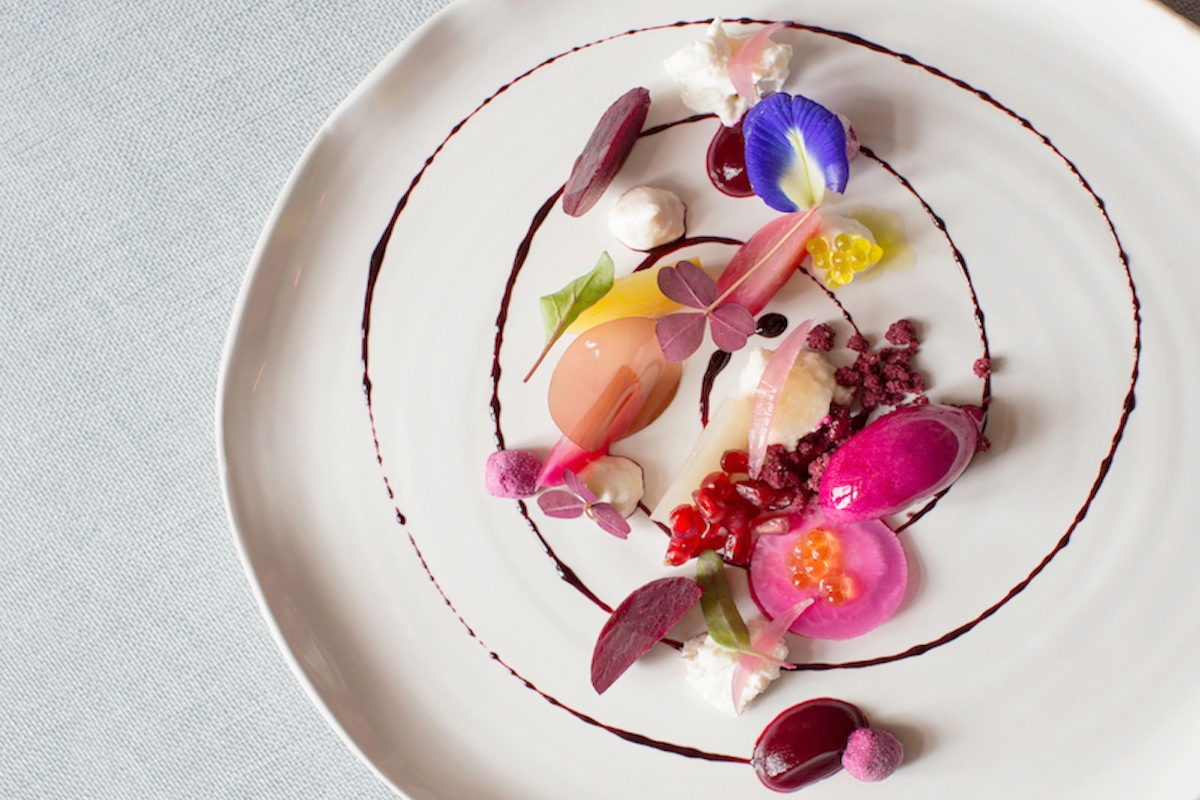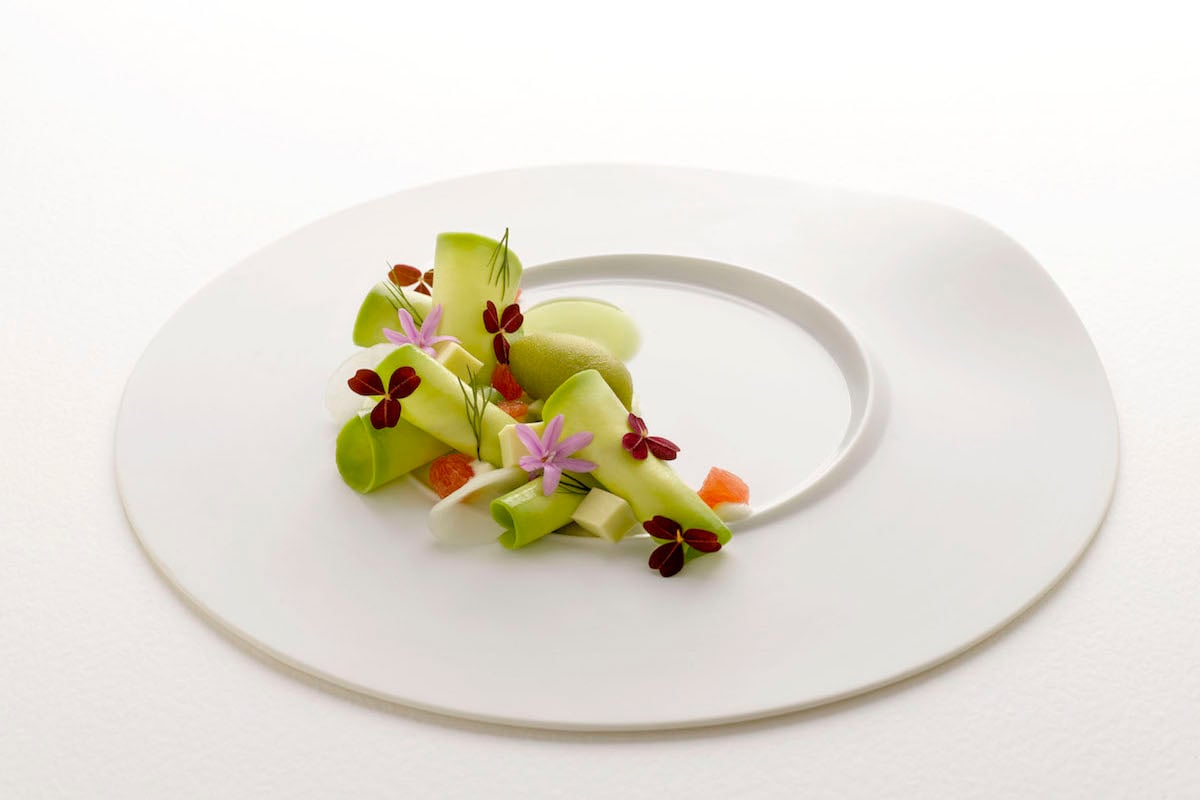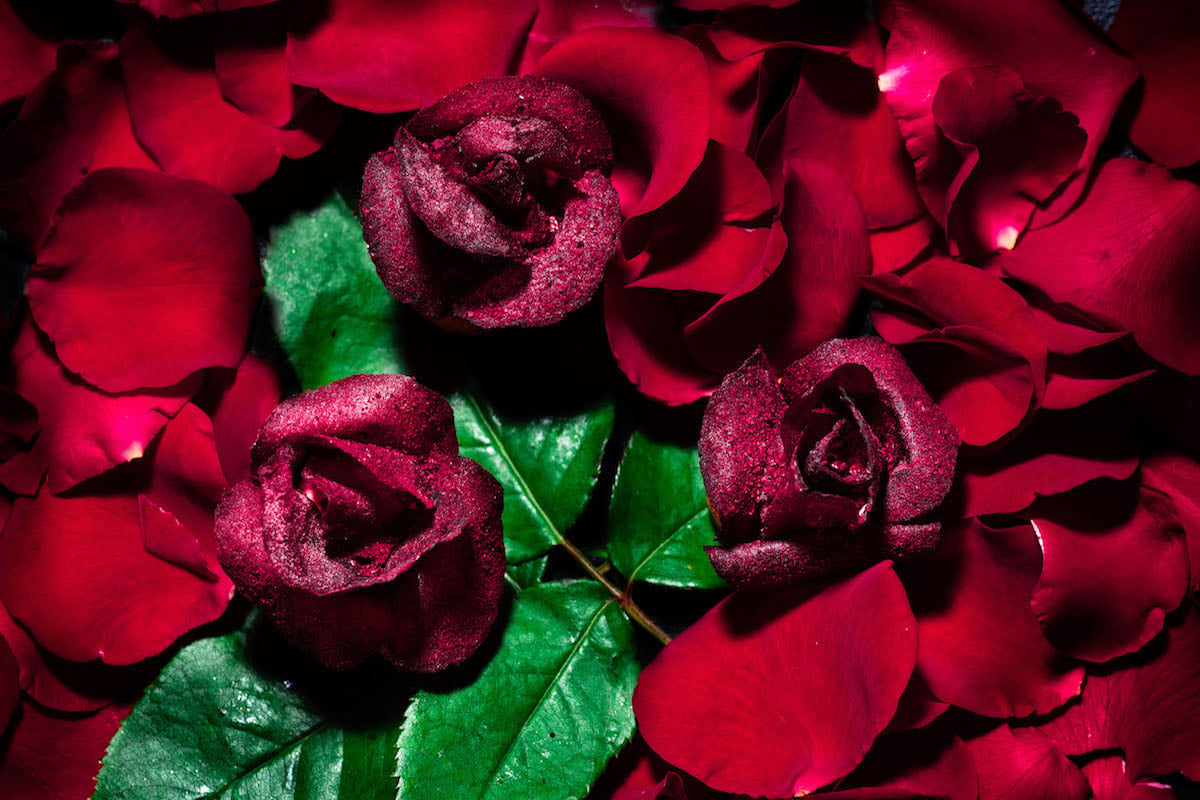Asia’s 50 Best Restaurants 2019: Odette tops Asia’s gastronomic list

The top title of Asia’s best restaurant was taken from Gaggan, a two-starred Michelin restaurant in Bangkok which has held the top place over the past four consecutive years, to be handed over to French-inspired Odette.
Celebrating the vibrancy and diversity of Asia’s constantly evolving gastronomy scene, the awards were announced at the seventh Asia’s 50 Best Restaurants ceremony hosted in Macau last week.
William Drew, Group Editor of Asia’s 50 Best Restaurants, said the awards hail the ongoing culinary innovation in the region. "The Asia’s 50 Best Restaurants list continues to evolve, inspire and showcase emerging talent," he said.
Asia’s best restaurant
Under the helm of Julien Royer as head chef, who named the restaurant after his grandmother, Odette is a refined French restaurant taking inspiration from its home in Singapore and the chef’s family roots.
Set against the iconic backdrop of the National Gallery Singapore with its soft beige dining room décor, Odette earned not one but two Michelin stars in its first year, and was also voted the 2018 Best Restaurant in Singapore by Asia’s 50 Best Restaurants.
The regularly changing multi-course menu offers plates ranging from Kegani crab with Granny Smith apples to fois gras ‘comme un pho’ with Japanese abalone and smoked eel dashi, paired with a fine selection of wines. Royer describes the experience as "honest and welcoming … where every ingredient has its place and purpose, and is treated with the utmost care to highlight its purest flavours".



New restaurants on the scene
There were 10 restaurants that had made the cut for the first time, including Dewakan, Malaysia’s first to make the list, with young chef Darren Teoh at the pass serving modern Malay food that makes the most of native ingredients.
Toyo Eatery, one of the Philippines’ new restaurants housed at the five-star luxury hotel The Peninsula Manila, scored the Best Restaurant in Philippines after receiving last year’s One to Watch Award, raising the bar for local fare.
Fine-dining restaurant JL Studio in Taichung, serving refined Singaporean cuisine, was touted this year’s upcomer to watch. This rising star is headed up by young chef–owner Jimmy Lim, who takes inspiration from the hawker street food he grew up around, which is central to Singapore’s food scene.
Tokyo’s Sazenka, offering a fusion of refined Japanese and Chinese cuisine; and Sugalabo, which takes French techniques with Japanese ingredients in an open kitchen, were newcomers to the list.
Nouri in Singapore is another new listing, which was awarded a Michelin star in its first year of opening in 2017. Taking its name from the word ‘nourish’, it offers a seasonally focused menu that changes weekly, melding flavours from different world cultures.
Bangkok’s Gaa – whose head chef Garima Arora received the badge of Asia’s Best Female Chef this year – also made it to the top 20. Garima, who previously worked a stint at Gaggan and was the first Indian female chef to earn a Michelin star, fuses her Indian roots with fresh Thai ingredients to serve up small plates in a multi-course tasting menu.
Playful, multisensory, sustainable
Gaggan, known for its playful, modern, Indian-inspired fare and 25-course menu made up only of emojis, landed in second place after a long time at number one. It still retained the title of Best Restaurant in Thailand and is recognised as one of the World’s Best Restaurants.
The El Bulli-influenced chef encourages diners to eat with their hands – or even no hands. Gaggan’s signature dish, ‘Lick it up’, is a layered flavour explosion that diners slurp straight from the plate, while KISS is played on the speakers in the background for encouragement.
Diners need to be quick to get a taste at this favourite fine-dining experience before chef Gaggan Anand shuts up shop in 2020, after a decade, to open a small restaurant in Japan with chef Takeshi ‘Goh’ Fukuyama of La Maison de la Nature Goh, which made it to the top 25 with its French–Japanese omakase (chef’s choice) offerings.
Ultraviolet by Paul Pairet in Shanghai, which provides an immersive dining experience in a secret city location for just 10 guests at a time, took out the Best Restaurant in China. It’s touted for its multisensory gastronomic experience that incorporates all sensations. On the menu is Tomato Mozza And Again, which plates up two visually identical dishes – yet one is savoury and the other sweet.
The most sustainable restaurant award went to Locavore in Bali, also titled with the Best Restaurant in Indonesia. Locavore’s kitchen fuses modern cuisine with locally sourced seasonal produce to dish up artful contemporary European dishes. It was recognised with the highest environmental and social responsibility rating, according to Food Made Good Global.
Japan leads with seasonality
Japan led with 12 restaurants making it to the top 50 in all of Asia, with Tokyo’s Den winning Best Restaurant in Japan for the second year running. It's chef Zaiyu Hasegawa, with a signature dish of a 20-vegetable garden salad, walked away with the Chefs’ Choice Award.
The list also included French-inspired Florilège, which has been in the top five for the past two years and two Michelin-starred Narisawa which keeps seasonality, sustainability and organic produce at the heart of its gastronomy.
Small Japanese restaurant Nihonryori RyuGin, with its seasonally driven, artistic menu was on the list, and La Cime, offering contemporary French-inspired fare fused with chef Yusuke Takada’s Japanese roots, made it to the top 15.
Fabrizio Fiorani from Il Ristorante Luca Fantin, offering Italian–Japanese fusion set in Tokyo’s Bvlgari hotel, received Asia’s Best Pastry Chef accolade.
From French fusion to classic Cantonese
Modern Parisian Michelin-starred bistro Belon in Hong Kong, run by chef Daniel Calvert – the youngest chef in Hong Kong to win a Michelin star – soared ahead 25 places to receive this year’s Highest Climber Award. Named after a French oyster, Belon dishes up classics such as pork and pistachio terrine with Dijon mustard, finished with baked-to-order madeleines.
Long-time front-runners Burnt Ends, offering top-end Australian barbecue grills, and Jaan, a British-inspired fine-dining restaurant with a name that comes from the Cambodian word for ‘bowl’, made the list for Singapore.
Sühring, plating up modern German cuisine in Thailand, French fine-dining restaurant Les Amis, and gastro-botanica contemporary restaurant Corner House were also recognised as top picks on the list.
Hong Kong’s modern French Amber, which will be revamped as Amber 2.0 this year, The Chairman, serving up contemporary Cantonese, and Vea, which melds Asian roots with French gastronomic techniques, made the cut for Hong Kong.
Host destination Macau received two places, with gourmet Cantonese restaurants Jade Dragon and Wing Lei Palace, while Chef Tetsuya’s Waku Ghin was recognised for Singapore.
Run by head chef Umberto Bombana, Italian restaurant 8½ Otto e Mezzo Bombana, which holds three Michelin stars – two of which were awarded in the first year of opening – and has restaurants in Hong Kong, Shanghai and Macau, received the Art of Hospitality Award.
Celebrating Asia’s diversity
Michelin-starred Paste, whose chef Bongkoch ‘Bee’ Satongun won Asia’s Best Female Chef 2018, was acknowledged as a top restaurant in Thailand.
Bo.lan, a fine-dining establishment run by Thai–Australian husband-and-wife chef duo Duangporn ‘Bo’ Songvisava and Dylan ‘Lan’ Jones who hold sustainability front of mind, was also on the list. Plating up spicy modern Thai dishes, Nahm was not far behind seasonal-focused Thai restaurant Le Du, which came in at number 20.
Popular Seoul restaurant Mingles, priding itself on finding harmony and balance in its Korean fare, retained the title of South Korea’s best restaurant for the fourth year in a row. Other Korean restaurants recognised included the award-winning Jungsik, which has a focus on molecular gastronomy; and TocToc, which melds French, Japanese and Korean cuisine.
Taipei’s Mume, its name paying homage to its country’s national flower, topped the Best Restaurant in Taiwan. Run by chef trio Hong Kong-born Richie Lin, Australian chef Kai Ward and US chef Long Xiong, Mume offers a European–Asian fusion with plentiful use of herbs and flowers. Mume takes over as best Taiwanese restaurant from two-time winner Raw, its art-inspired, seasonally focused menu now sitting in 30th place.
New Delhi’s Indian Accent, which also has restaurants in New York and London, has strongly held the Best Restaurant in India title for the fifth time running. A top name in the Indian food scene with celebrity-chef status, Manish Mehrotra offers a modern-spin on Indian cuisine, with dishes accompanied with nine different types of bread and masala martinis.
Colombo’s Ministry of Crab, which also has a presence in Manila, Mumbai and Shanghai, was named the Best Restaurant in Sri Lanka for the fourth time. Celebrating the country’s fine local seafood, catch-of-the-day crab is at the centre of this establishment, with classics including pepper crab and garlic chilli crab – and cutlery is optional.
For the full list, visit Asia’s Top 50 Restaurants.
Click here to discover the top Michelin-starred cities in the world.